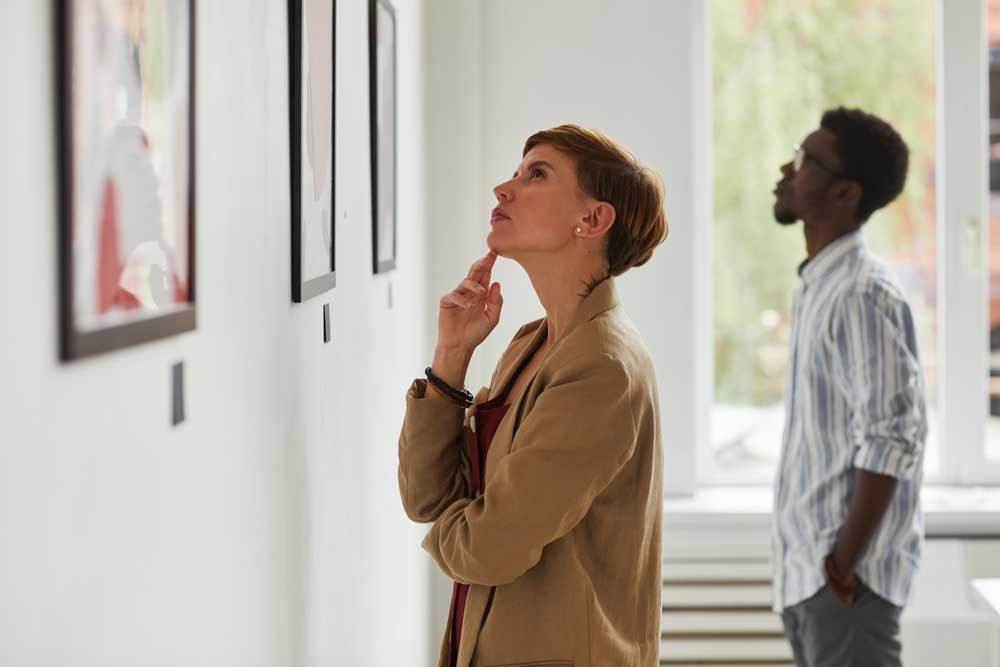Introduction
The Barcelona Pavilion, designed by Ludwig Mies van der Rohe for the 1929 International Exposition in Barcelona, stands as an iconic representation of modern architecture. Often celebrated for its minimalist design and concept of ‘flowing space,’ it offers a profound spatial experience that transcends mere visual appreciation. This essay reflects on my personal encounter with the Pavilion, exploring how the physical journey through its spaces reshaped my preconceptions formed from academic texts and images. It examines the architectural elements that guide movement, the interplay of materials and light, and the notion of ‘flowing space’ as articulated by Mies van der Rohe. By blending personal reflection with scholarly analysis, this essay aims to illuminate the Pavilion’s enduring significance in architectural discourse.
Initial Impressions and Spatial Guidance
Approaching the Barcelona Pavilion, I felt a palpable shift from the static impressions derived from books and photographs. The low travertine base and the subtle ascent up the main stairs immediately directed my gaze along the clean lines of the walls. The juxtaposition of solid marble and delicate glass panels beside the entrance seemed to orchestrate my movement, as if an unspoken path was laid before me. This aligns with Mies van der Rohe’s design philosophy, where architecture does not impose but invites interaction (Roth, 2012). The Pavilion’s layout, devoid of traditional enclosed rooms, creates a series of fluid transitions that subtly guide visitors through space, challenging conventional notions of containment and direction.
Reflections and Intimacy in Space
Passing through the entrance, I caught my reflection in the glass, a moment that felt almost ethereal, as if my thoughts dissipated into the air flowing through the corridors. The polished marble surfaces echoed my every step, amplifying a sense of presence within the space. Furthermore, the changing light filtering through glass walls crafted pockets of intimacy in each area, a quality often discussed in architectural critiques of the Pavilion (Quetglas, 2001). These elements are not merely decorative; they foster a dialogue between the individual and the environment, encouraging a heightened awareness of one’s own movement and surroundings. It is, arguably, this intimacy that distinguishes the Pavilion from other modernist structures of its era.
The Choreography of Flowing Space
Unlike buildings that dictate a rigid path, the Barcelona Pavilion offers a choreography of subtle invitations. Narrow passages beckoned me forward, while reflective planes nudged me sideways, altering my trajectory. A sudden glimpse of the still water in the courtyard pool disrupted my pace, prompting pause and reflection. Once again, my shadow and reflection merged seamlessly with the space, embodying Mies van der Rohe’s concept of ‘flowing space’—a term that captures the dynamic, almost liquid continuity between interior and exterior (Tegethoff, 1985). This experience revealed how the Pavilion transcends static form, becoming a lived, kinetic entity that engages the body as much as the mind. Indeed, as Norberg-Schulz (1980) suggests, such spatial fluidity redefines architectural experience by prioritising movement over monumentality.
Conclusion
My journey through the Barcelona Pavilion transformed my understanding of architectural space from a theoretical construct to a visceral encounter. The subtle guidance of walls and glass, the intimate interplay of light and reflection, and the embodiment of ‘flowing space’ underscored Mies van der Rohe’s mastery in crafting environments that engage on a profoundly personal level. This reflection highlights not only the Pavilion’s historical and aesthetic significance but also its relevance as a case study in spatial experience. It prompts further consideration of how architecture can shape human perception and interaction, an inquiry that remains central to contemporary design discourse. Ultimately, the Pavilion stands as a testament to the power of simplicity and subtlety in creating enduring architectural meaning.
References
- Norberg-Schulz, C. (1980) Genius Loci: Towards a Phenomenology of Architecture. Rizzoli.
- Quetglas, J. (2001) Fear of Glass: Mies van der Rohe’s Pavilion in Barcelona. Birkhäuser.
- Roth, A. (2012) The New Architecture: The Principles of Modern Architecture. Faber & Faber.
- Tegethoff, W. (1985) Mies van der Rohe: The Villas and Country Houses. MIT Press.


